By Manuel “Bobby” M. Orig, Director, ApoAgua
A summary of ‘The Inspiration Code: How The Best Leaders Energize People Every Day’ by Kristi Hedges

Most people want to be inspirational. And most of us have seen positive and wonderful things happen when people have been inspired by someone. Unfortunately, most of us cannot put a finger on what makes a leader truly inspirational.
I wanted to try to change things around by sharing the illuminating research by a renowned communications expert and executive coach on the subject.
Filled with profound insights and compelling data, The Inspiration Code takes a deep dive and explores how communication and leadership interlink. Author Kristi Hedges uncovers a set of consistent, learnable behaviors that dramatically enhance leadership success through inspiration.
Organizations want inspirational leadership and that starts with leaders who inspire their teams day-in and day-out. That involves the kind of leaders who communicate in ways that galvanize the energy, creativity, and enthusiasm of others.
Praise from Frank Sesno, Director, School of Media Affairs, George Washington University, former CNN Washington Bureau Chief and author of Ask More:
The words we speak, the questions we ask, and the way we listen have a tremendous impact on those around us. The Inspiration Code draws a clear map for those who want to make an impact on others and the world. This book is direct, powerful, and timely. Kristi Hedges shows how effective leaders inspire, motivate, and succeed.
About The Author

Kristi Hedges is a leadership coach specializing in executive communications. She writes about leadership for Forbes and Harvard Business Review and is regularly featured in publications such as The Wall Street Journal, The Financial Times, BBC and CNBC.
She has been honored as one of the “50 Women Who Mean Business in Washington, D.C.” and as an owner of a top 25 Largest Women-Owned Businesses by The Washington Business Journal.
Kristi’s career highlights include working for a national news outlet, and as a political consultant for dozens of electoral campaigns from U.S. President to statewide offices. She holds a Phi Beta Kappa B.A. from Virginia Tech and an M.S. from Purdue University and is a faculty member in Georgetown’s Institute for Transformational Leadership.
She is also the author of The Power of Presence.
INTRODUCTION

The author’s goal in writing The Inspiration Code is to help leaders communicate in ways that inspire and motivate others. To help them drive change, set visions, get people excited, and lead teams into the future.
When the author delivers workshops, as an icebreaker she asks her audience to think about the distinctive attributes of people who have inspired them. She noticed from their answers that there is great similarity in what the inspirational people did. The inspirational people mentioned communicated in certain, specific ways.
She began wondering how can we have more of these people in workplaces. Companies are spending enormous sum of money to get inspirational leadership behaviors into organizations. Yet, these efforts fell flat. There has to be a way to get closer to true inspiration that has a lasting impact on others. And so she embarked on her research to take a deeper dive into what really inspires others, and to outline the very behaviors – or sparks – that create this kind of enduring, energizing light.
It turns out that all it takes is the right conversation.
THE CONVERSATIONS THAT COUNT

Every once in a while, we have a conversation that changes our lives. It crackles with energy. It has a zing. It makes time stop. These are conversations that change how we think about ourselves, that open our minds to what we are capable of doing and show us what’s possible.
They infuse us with hope, determination, and confidence. These are not ordinary conversations, but conversations that count. They are inspiring and unforgettable.
When people describe those who inspire them, they talk about these conversations that count. They are the right words by the right person at the right time. Those who inspire might not even realize what they have done.
As an example, the author cites her own story. She says she can precisely map the conversation that inspired her decisions and shaped who she became.
I was a twenty-three year old, and starting internship at a political consulting firm. This was a plum job and held the promise of a permanent job after I completed graduate school. I networked like crazy to land this unpaid internship. Political jobs are hard to get; most go to kids of political donors, elected officials, or someone who knows someone who is owed a favor.
My first day, I learned that another intern was there that year as well. He was a perfectly nice guy who got the job because his parents knew the firm’s head partner. All of my gravest fears set in. There was one paid job to be awarded at the firm, and it didn’t look like I would be getting it. I began to see that I’d picked the worst profession to make it on merit.
No matter how hard I worked, I saw no way to overcome my lack of connection. Another one of the partners, one who had grown up similarly to me, took notice. He sat down and asked what was going on. In a moment of total honesty, I told him. He said, “Listen to me. Neither of us grew up like that, and it’s okay. You’ll be better for it. You can’t see it yet, but I promise you. Don’t give up.”
I remembered those words, and went on to get one of the best jobs in politics. I’m sure the partner doesn’t remember the ten-minute conversation. But I replayed that tape in my head many times in the years that followed.
In inspiring conversations, nothing is forced. The other person is not exerting heavy influence on us. It feels more like an invitation to a space into which we can step.
WHAT IS INSPIRATION EXACTLY

Psychology professors Todd Thrash and Andrew Elliot have been studying the process of inspiration. They have produced numerous studies that uncover what transpires when we catch the spark of inspirational insight.
Thrash and Elliot have determined that inspiration is a culmination of several components coming together, not just a one-sided event. Inspiration may feel it just happens, but in fact, there is a rhythm or process to it.
Inspiration involves three defining elements:
- Transcendence: We can see beyond our ordinary preoccupations or limitations to discover new or better possibilities.
- Motivation: We feel energized, and even compelled, to bring an idea into action and carry it forward.
- Evocation: We are receptive to an influence beyond ourselves that creates the inspiration within us.
We cannot will ourselves to be inspired. Rather, there is a trigger. This may be a person, an idea, or both. We are exposed to an inspirational force that causes a profound reaction within us.
Inspiration actually involves two separate processes:
We are inspired by something as well as to an action.
I was inspired by a leader to go out on my own. It is both an insight and an energetic push.
- There’s always a transmission process of one sort or another. What exactly that transmission means can vary.
- Transmission could start with an insight, an exemplar, language, or the assistance of another person who helps you envision possibilities you might not have recognized on your own.
- The person inspired has to be aware of a better possibility. That’s how the process starts. After that, they get motivated to bring that possibility into fruition.
- The author’s research also makes it clear that inspiration can not be forced. It cannot feel like manipulation or even influence. Inspiration is an invitation, and since it fosters a personal insight, it cannot be heavy-handed.
By being an inspirational person, we are not the driver but the catalyst. The person who seeks to inspire others would have to look at their task as not making the person inspired, but rather as providing the context where spontaneous processes get triggered.
Think about how much more engaged we would be at work if we were truly inspired in this way – if we had leaders who viewed their jobs as triggers for an inspired workforce.
When we are inspired, we work the hardest and most creatively. We do not need to be overmanaged because our energy pulls us along. We elect to do more and go further. It feels a whole more like fun than like work.
If we want to have inspired companies, then we need inspirational leaders. And that involves the kind of leader who communicates in a way that creates the conditions for inspiration in others.
A JOURNEY ALONG THE INSPIRE PATH
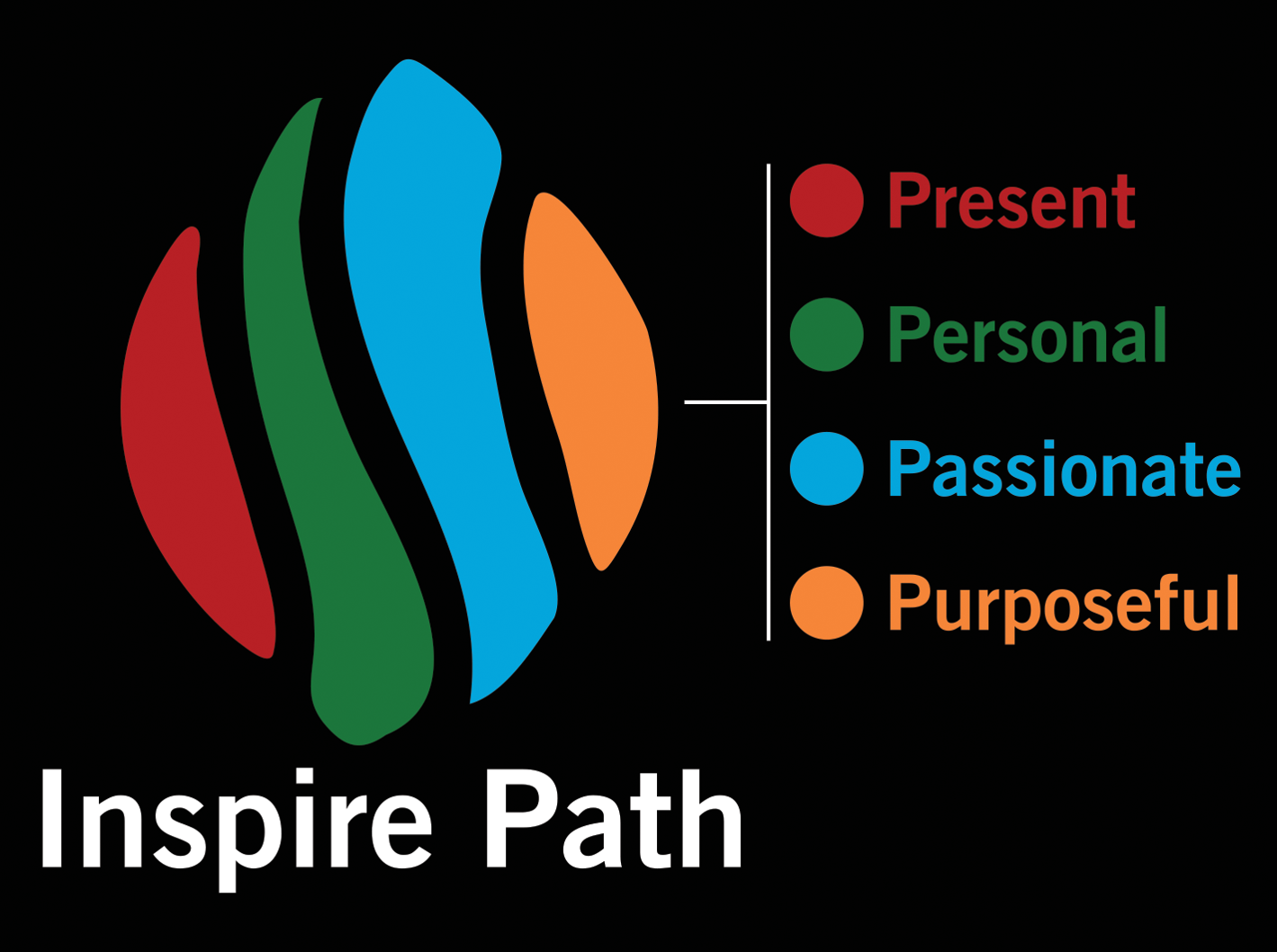
Tony Bingham, president and CEO of the Association for Talent Development, describes the increasing drumbeat for inspirational leadership this way:
“Employees need to believe in the people who are leading them if they are going to stay engaged and give that discretionary effort that unlocks potential, creativity, and innovation. … Leaders should understand that giving people something to believe in – inspiring them – is more than a platitude or lofty ideal. It’s the essence of leadership.”
It is abundantly clear that the way we trigger inspiration is primarily through conversation.
Yes, a book or a song or a poem can inspire us.
But people inspire us through interpersonal communication in all its forms, both verbal and nonverbal.
These are not just any conversation. Certain definitive communication behaviors were present that made the conversation elicitors of inspiration.
The author brought these elements together in a model she calls the Inspire Path.
Inspire Path conversations happen when we communicate in a way that is:
- Present
- Personal
- Passionate
- Purposeful
They are the four factors that greatly enhance our inspirational effect.
Must all four occur simultaneously? No. Although most inspirational conversations involve most elements in one form or another.
The author calls this model a “path” because it is a passage with movement, both for the one inspiring and the one being inspired.
When we are inspiring, we are:
- Present: We’re focused on the person in front of us, not distracted by the daily swirl of our day, visibly stressed, or beholden to our agenda. We keep an open mind and let conversations flow.
- Personal: We’re authentic and real, and listen generously. We notice what’s true about others and help them find their potential.
- Passionate: We infuse energy, and manage this as one of our greatest tools. We blend logic and emotion, and show conviction through our presence.
- Purposeful: We are intentional. We are willing to serve as role models and engage in courageous discussions about purpose.
Let’s discuss these four factors one by one.
PRESENT
GIVE THE GIFT OF YOUR TIME AND ATTENTION

People who inspire us are both physically present and mentally available to us. They focus on us. They give us the gift of their time and gift of their attention.
How we focus our attention reveals what we care about. On a basic human level, we crave attention from those who matter to us.
It is hard to overestimate the very human need to have others bear witness to what’s happening in our lives.
Leaders should keep in mind that their attention casts a large shadow and has an inflated impact.
Psychologists have long studied how power shapes attention.
- Susan Fiske, professor of psychology at Princeton University has found that we pay more attention to those above us in social hierarchies.
- Dacher Kiltner, professor of psychology at Berkely, has published numerous studies that show being in power makes us pay less attention to others, and to actually feel less for them.
This power differential is important.
When you are a leader, people are watching you closely. They notice how you enter a room and where you sit as well as your tone of voice and demeanor. However, you are more prone to overlook the people at the levels below you.
Many leaders do not realize that this phenomenon is happening. This explains the considerable misunderstandings and frustrations often seen in hierarchical relationships.
For leaders, being fully present at key times has a motivational impact. When a leader actually pays real attention to us, it feels great. We feel special.
- BEING PRESENT CHANGES THE CONVERSATION

In conversations, when a leader sits in front of someone and invest fully, he creates an inspirational space. If we can make this commitment, especially in relationships where we want to inspire, we can make an impact by essentially doing nothing but choosing to pay earnest attention.
Our presence is an invitation to inspiration.
Virginia Tech researchers sought to determine what actually happens to conversations when mobile phones are introduced. They found that even when a phone isn’t making any noise and is only in eyesight, conversations are diminished. When our attention is subtly drawn outward and away from the other person, we can miss facial expressions, tone, and other cues that have significant meaning.
The study concluded that conversations without a mobile phone in sight were seen as superior and included high levels of empathy. This finding was consistent across age, gender, ethnicity, and mood.
Sherry Turkle, MIT professor and founder of MIT’s Initiative on Technology and Self, has been one of the most active researchers in this area. She asserts that technology is harming our ability to have meaningful, face-to-face conversations.
Inspire Path conversations are about, and happen within, these human moments. They require our full attention so we do not miss any of the dynamics in front of us.
It has been said that people have three core needs: to be seen, heard, and understood. You can go a long way to being inspiring to another person by showing up and being in the moment. And by being willing to hear the words and tone – and to see the other person’s nonverbal behaviors – you open the door to deep, human connection.
- YOU CANNOT INSPIRE WHEN YOU ARE IN A STATE OF OVERWHELM
With the pace of today’s work, it is common for people to be in near-constant overwhelm. When we are on overwhelm, we are not inspiring anyone. People’s natural reaction is to distance themselves from someone who seems frenetic or who are doing so many things at once.
The author believes that overwhelm is one of the most pressing issues in companies and in our society.
Author Marianne Williamson posits that there are actually two motivating forces behind our behavior: love and fear.
- Love can mean – passion for our work, care for our teams, enjoyment for making a difference, or deep satisfaction.
- Fear may mean – worry about being successful, insecurity about not measuring up, mentally checking out, or engaging in undermining behaviors to secure our status.
We operate from a place of fear more often than we realize. When we do, we are not inspiring or connecting. We are pushing people away.
Victor Frankl, in his widely acclaimed book Man’s Search for Meaning states:
“Between stimulus and response there is space. In that space is our power to choose our response. In our response lies our growth and our freedom.”
Overwhelm hits us so fast that it feels like one solid event. But it’s not.
Overwhelm is only the response. Something else is the stimulus.
If we want to have less overwhelm we need to understand what the trigger is that’s causing our reaction, and be able to take advantage of that space to change our reaction.
Normally, when we have a stress trigger, we go straight into reaction mode. There’s almost an underlying assumption that X leads to Y.
- My boss yelled at me in a meeting so I’m going to get upset.
- My board presentation is today so I’m going to be on edge.
But as Frankl notes, we are overlooking a space between the action and our reaction. In that space we have the capacity to change the outcome. We have the ability to choose our response.
- My boss yelled at me and I’ll decide how to react.
- My board presentation is today so I’ll choose to do a few things to stay light and relaxed.
PERSONAL
PUTTING YOURSELF INTO IT.
FIRST, KEEP IT REAL.
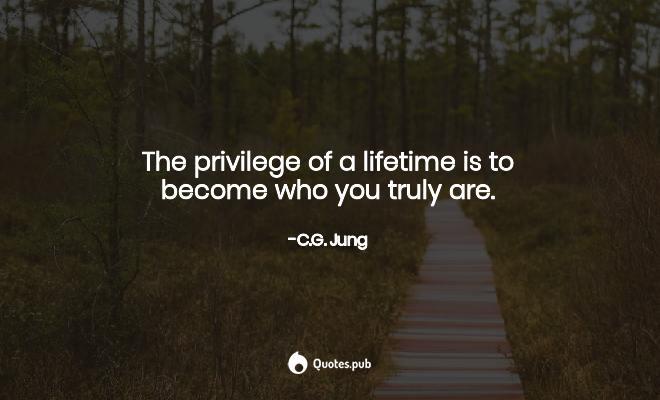
Work is intensely personal. This is an important element that should not get lost.
How do we become more personal in our communications? The answer is by being authentic.
Authenticity is the epitome of being personal because we are being true to ourselves.
When you are having Inspire Path conversations, authenticity plays a critical role in connection.
Your listener looks to you first to see how much you care, and this is what shapes how much he will care.
If you want to move behavior or shape thinking, you need to get personal and stay personal. People are not inspired by fakes, frauds, or even those who are cautious. They want to see the real deal.
Bill George, former CEO of Medtronic explains authentic leadership this way:
“Authentic leaders use their natural abilities, but they also recognize their shortcomings, and work hard to overcome them. They lead with purpose, meaning, and values. They build enduring relationships with people. Others follow them because they know where they stand.”
People who are real, speak the truth, and talk from the heart are admired. They include people like Pope Francis, Oprah Winfrey, and Warren Buffet who dominate the Gallup annual poll of the most admired men and women.
- KNOW YOUR VALUES AND DETERMINE YOUR BRAND
You cannot be authentic if you do not show up with clarity that project your values or your personal brand. This is the cornerstone to consistent authenticity. Only you can do this.
The great news is there is a process for framing your personal brand. The author suggests that this is all you have to do:
- List your 10 most cherished values. How do you want others to view you? What do you want your legacy to be? What makes you proud of yourself?
- Narrow that list down to your top five values that are critical to your self-image. These five are core to who you are, and it would really sting if someone said that you did not embody these values.
- Come up with a key phrase or image that evokes that list of five values. This can be a person you admire, a song lyric, a place, a quote, an acronym – anything you want. The most important thing is that it’s something you can remember and keep at the top of your mind. This is your brand; it informs how you want to be seen.
For example, the author’s top five values are Trustworthy, Generous, Creative, Inspiring, and Wholehearted. Her brand is: “Open Mind, Brave Heart.” It informs how she wants to be in the world, as a parent and family member, in her work as a coach, and in her community.
Also, it’s important to note that these values are aspirational – how she wants to be rather than what she is 100 percent of the time.
This personal brand serve as a compass for your behavior and how you communicate with others.
- AUTHENTICITY REQUIRES VULNERABILITY
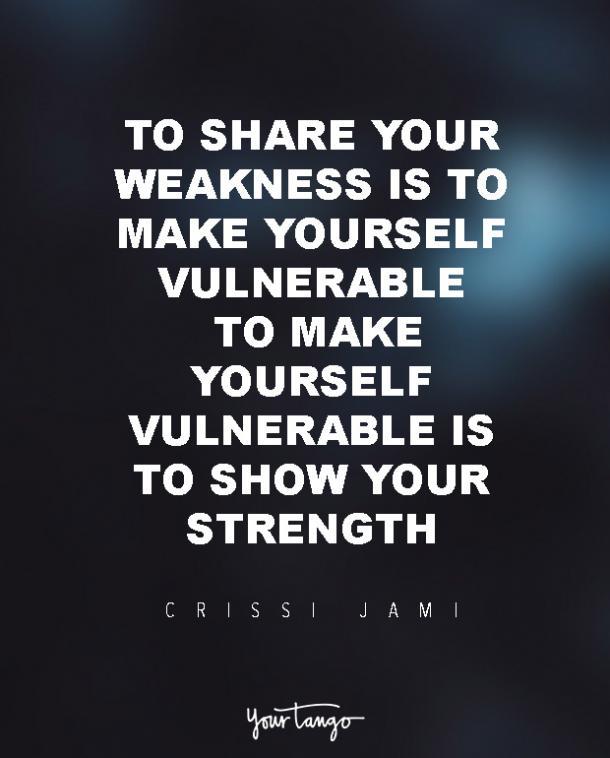
Authenticity requires a core of vulnerability. We know that no one is perfect or without weaknesses, so we feel safest and most honest when we see vulnerability expressed by others. We see it in ourselves all too well and are relieved to see it in others.
So how do you express the kind of vulnerability that makes those connections?
- First, make sure that you know and share your leadership story. Your leadership story tells people what you are all about. Whenever possible, weave vignettes of your leadership story into your conversation so the other party can better understand you on a basic human level.
- Second, strive to be real. Do not try to convey an overly positive version of yourself.
- Finally, ask for advice. You can ask anyone, up or down the hierarchy, in a position of power or not. Seeking advice is a powerful method of connecting.
Research has shown that when we ask another person for advice we enhance relationships on multiple levels:
- We show competence without sacrificing warmth.
- We help others to take our perspective, which creates mutually desirable outcomes.
- We inspire commitment.
There is one catch: The advice has to be sincerely sought. Not just for the sake of asking.
As the leader, authenticity begins with you. It has to be modeled. It’s not enough to feel like you’re authentic; you must also actively show it.
PASSIONATE
- BRINGING HEART AND ENERGY
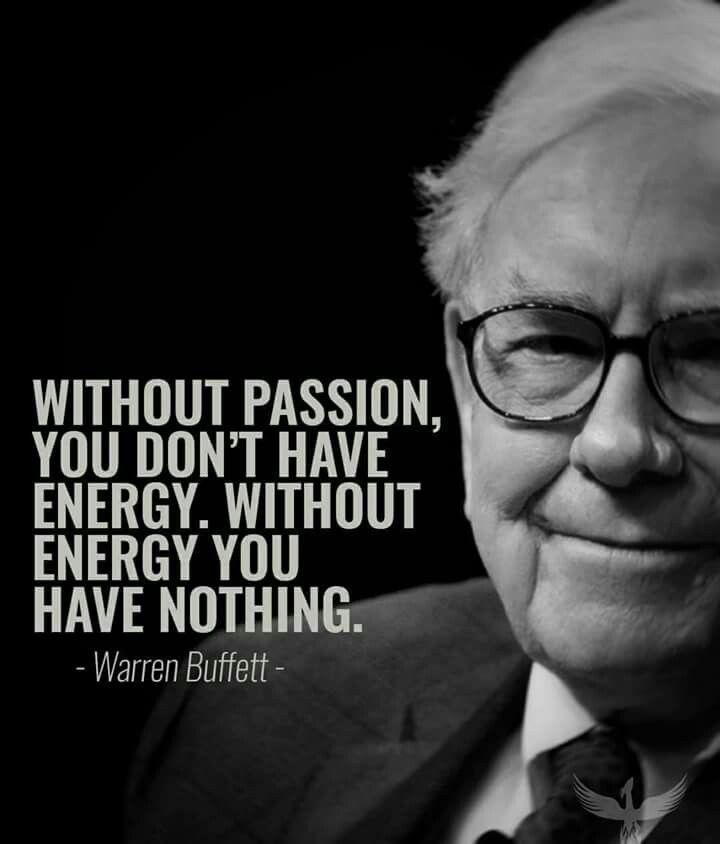
People who are passionate enthusiasts for what they do create passion in others. Passionate people have an energetic field around them which others want to be caught up in. People with passion show conviction. We know where they stand.
One of the reasons we value passion so highly is because we know how we feel when we have it. You feel like you can accomplish anything, like nothing will get in your way.
This happens as well in our personal lives around things we truly care about, such as helping a community initiative or coaching our kid’s team.
Most of us have also experienced the flip side: loss of passion. Our job has become stale or boring and we can barely concentrate enough to get through our daily work. Even basic tasks feel like pushing a boulder up a mountain.
Passion feels like meaning. People desperately want to find meaning and maintain passion in their work and in their lives. Just as important, we want to work for passionate leaders.
Inspiring people share their passion with us. Inspire Path conversations cannot happen without the right level of passion. It makes them attractive and appealing. It infuses energy into them, creating that lift we feel after an inspiring exchange.
- ENERGY IS THE MOST VISIBLE FORM OF PASSION
There are three elements of passion: energy, emotion, and conviction.
Energy is the most visible form of passion. And it is contagious.
The question then becomes: What are you spreading?
Studies have shown that groups are affected by mood contagion.
One study by Sigal Barsade at the University of Pennsylvania’s Wharton School put participants into workgroups, and had actors embedded in the groups displaying high or low levels of pleasantness. The actors’ positive and negative moods infected both the groups and individual group members.
Further, “positive emotional contagion group members experienced improved cooperation, decreased conflict, and increased task performance.”
So, our passion and energy creates passion and energy in others. It propels an emotional cycle.
Researchers have found that leaders who are positive and pleasant are more likely to engage in transformational behaviors. Their actions lead to greater optimism, trust, and creativity. This in turn creates better workplaces with passionate workers, who pass it on to their own teams.
It is a good exercise to question our own passion and see where it falls.
- Does your energy fuel you positively and helpfully, or does it cause stress and anxiety?
If it is the latter, we are not only out of the inspiration zone, but we are harming ourselves.
- EMOTION – MOVING HEARTS BEFORE MINDS

Emotion is generally the opposite of what we are striving to show. In the workplace, and to a larger extent in life, we do not feel free to express ourselves emotionally.
There are plenty of cultural signals, organizational cues, and straightforward warnings that tell us we should guard against emotionality. Instead, we typically strive for a well-practiced stoicism at work, keeping our emotions in constant check. Any lapse in our composure feels like a character flaw.
And yet passion is inherently emotional.
Enthusiasm without emotion comes across as flat or disingenuous. It is the emotion that lets us know what’s real. If we want to have an Inspire Path conversation for a person or situation to come through, then it requires us to share our emotions.
Whether you are comfortable showing emotion or not, the reality is that we are all intensely emotional beings. It is how we show our humanity, and how we communicate empathy. Emotion has an effect on others that words alone can never have.
When we share our emotions, we allow others to share theirs. When we can reveal an emotional side to ourselves and to our message, we bring head and heart into it. It resonates in a more meaningful and personal way.
We might be going against some long-held beliefs by suggesting that we show more emotion.
But remember, we are communicating in a way that gets people to make big changes, tackle tough challenges, or fully invest themselves. These kinds of actions are dripping with emotion, either holding you back or propelling you forward.
- CONVICTION – SAY IT LIKE YOU MEAN IT
A common lament the author hears from leaders is how visible they are expected to be. There is a perception chasm between how much leaders feel they are communicating and how little their teams believe they are.
People need to see for themselves what their leaders believe.
What stays consistent is the very human need we have to see for ourselves how much conviction our leaders actually possess. We cannot invest until we see it. It’s not enough to read it in a well-crafted email. When we seek to inspire others, we are encouraging them to believe. When we demonstrate conviction, we show that we already believe wholeheartedly, making it safer for others to take the leap.
- THE NONVERBAL COMMUNICATION QUAGMIRE
Conviction: We recognize it when we see it. One of the primary places that we look for this quality is in nonverbal communication. It is not enough to speak with conviction, we also want to see it reflected.
When trying to improve as a communicator, people get stuck on nonverbals and body language. It is a tough nut to crack.
In fact, nonverbal communication, and its interpretation, is extremely nuanced. Communicators are evaluated on a spectrum of behaviors, including words, tone, facial expressions, gestures, posture, touch, spatial distance, and appearance.
There is no right way to stand, gesture, speak, touch, or even dress.
How do you say it like you mean it?
It comes down to alignment. You need nonverbals to match your words, and both to match your intent.
If we want to show conviction, verbal and nonverbal should support each other, not create noisy static.
To show a passionate conviction, we must speak like we mean what we are saying. If others cannot recognize that we believe what we are saying on a deep and authentic level, they will never take the leap with us. The bigger the mental jump we are asking, the more conviction we have to present.
When we are preparing for a conversation, it is typical to concentrate primarily on what we want to say. To show passion, we need to connect to the heart of the message, understanding our connection to it. Once we know what is meaningful about our message, then we need to ensure that our body supports the words coming out of our mouths.
If we care about what we say, and we are relaxed and comfortable, conviction through our nonverbal communication should come through easily.
PURPOSEFUL
- PURPOSEFUL CONVERSATIONS
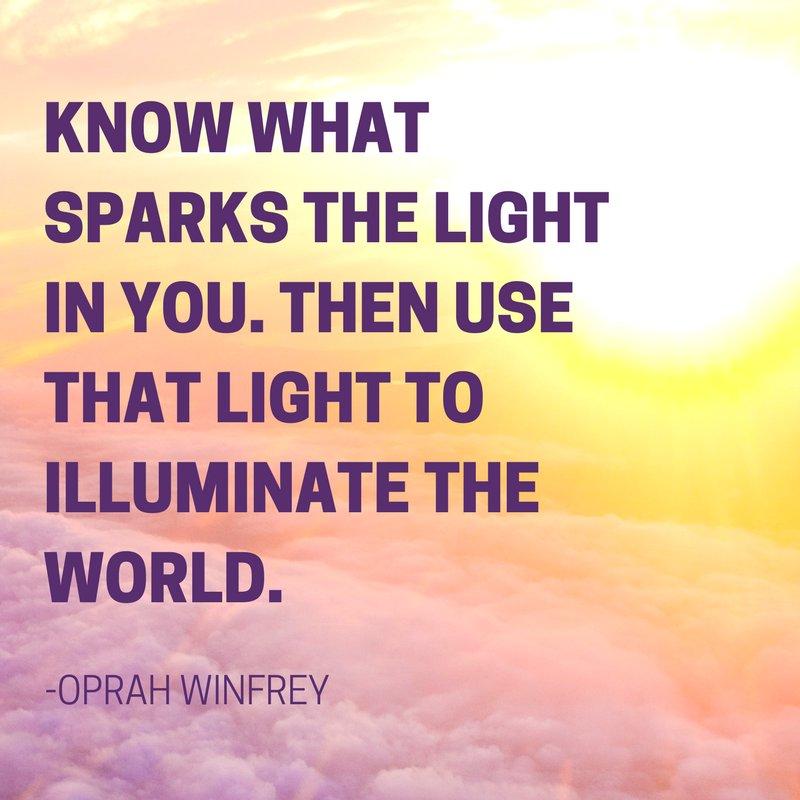
The human desire to identify and spark a purposeful light in our days is a very real part of our orientation at work – where we spend most of our waking hours. Where we have a clear purpose and our path is illuminated, work is invigorating.
On the other hand, when we feel as though we are running in circles or spiraling downward, work is somewhere between boring and soul crushing.
We all want purpose. It is an equal opportunity desire. When we do not have a clear purpose, we feel something is missing.
Consider the case of Brian, who represents a common situation of many professionals. Brian worked diligently to become a partner at his law firm. He put in sleepless nights, forsaking many evenings at home with his family, and hustled to service clients and bring in new business. He never liked the culture of high-pressure at law firms, but he played the game and played it well.
Finally, he was in the process of becoming a partner, and all signs were that he was a shoo-in. He wanted to be happy about it, but to his surprise he was ambivalent. Becoming an equity partner required substantial commitment that made Brian feel trapped. He began to question why he became an attorney in the first place, and where he wanted his path to go from here.
He made a gutsy decision and deferred the partner process for a year to fully explore his options. In the end, he left the firm to become an in-house counsel for a company whose values aligned with his own, and which allowed him to be part of building an organization.
As this example show, purpose is a personal endeavor. It exists within us and it may be impacted by the situations in which we find ourselves. We can have it, lose it, and regain it.
Helping someone find that internal spark of purpose, or reignite it, is a transformational act.
- HOW TO ENGAGE AROUND PURPOSE
The author asserts that we are at our most purposeful and inspired, when we lead conversations around these five points:
- Good at doing
- Enjoy doing
- Usefulness
- Forward momentum
- Relationship to others
GOOD AT DOING:
By leading a conversation around competency, we can help guide others to this place of strength, and open up new possibilities from there. When we are doing activities that play to our strengths, we feel competent and motivated. It leads us to work harder and with positivity.
ENJOY DOING:
Many people fall into careers that they are good at but do not enjoy doing. When we coach around enjoyment, we are guiding others to a place where they can find or rekindle what they love about their work.
USEFULNESS:
There is inherent meaningfulness in doing something useful whether to a person, to a company, or to a goal. When we are inspiring around purpose, we are helping others achieve a clear sense of direction. Think about people who work crazy hours because they are passionate about what they are trying to achieve.
FORWARD MOMENTUM:
Purpose has a direction, and it is forward. When we are inspiring around momentum, we are helping others narrow their mind to move resolutely toward achieving their goals. It is meaningful to help others move past the current state into a state of purpose that propels them.
RELATIONSHIP WITH OTHERS:In nearly all instances, our purpose is not a solo act, we are working as part of a larger team to achieve a goal. When we bring relationships into the conversation about purpose, we acknowledge the large impact they have on the meaning of our work.
CONCLUSION
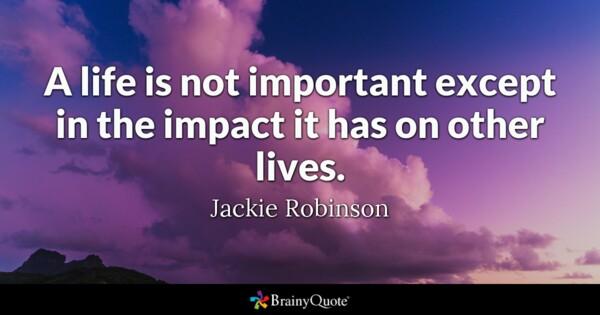
Anyone who is actively and meaningfully engaged with others has an impact. We often do not know the effect we have on others. Only the other person knows the true effect and where it leads.
It is as if we are all bouncing off one another in a giant pinball machine. Sometimes the bounce is small, sending us on our way barely touched. Other times however, we get a big bounce that ricochets off the bumpers – ringing bells and resonating through our lives in ways we could not have predicted.
The author’s hope is for more of the meaningful bounces of inspiration to occur in whatever domains we can get them – at work or in our personal lives, publicly or interpersonally.
When we are a force for others to find purpose, when we help them ignite their passion,
when we give them the gift of our presence, we become part of a virtuous cycle. We create a ripple effect of positivity, confidence, excitement, and possibility.
Through the Inspire Path, the author has attempted to break down the behaviors that make inspirational communication more understandable and repeatable.
We can take an Inspire Path approach to our conversations by being responsive to the following questions:
- How am I going to make my presence felt?
- How will I make a connection that is personal?
- In what ways can I bring passion?
- How will I spotlight a higher purpose?
When we put intention behind our communications, and bring as many of these elements into our conversations, we develop a personal strategy to be a more inspiring leader. We make inspirational conversation our default.
Did you enjoy this article? What topics on leadership do you want discussed next?

